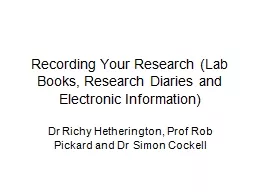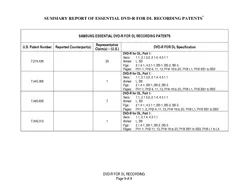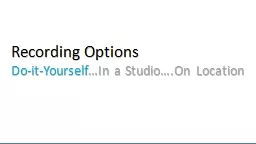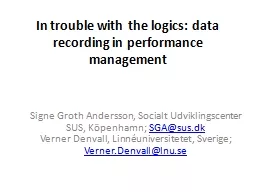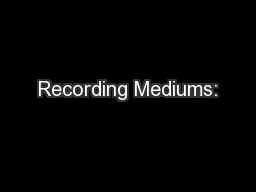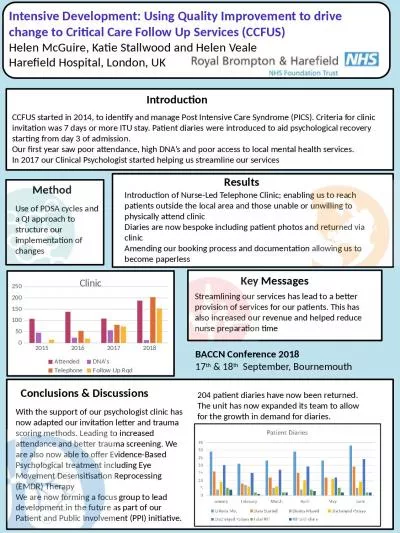PPT-Recording Your Research (Lab Books, Research Diaries and El
Author : myesha-ticknor | Published Date : 2016-02-29
Dr Richy Hetherington Prof Rob Pickard and Dr Simon Cockell Outline Recording Research in a Clinical Setting Recording Lab Work Research Diaries Electronic
Presentation Embed Code
Download Presentation
Download Presentation The PPT/PDF document "Recording Your Research (Lab Books, Rese..." is the property of its rightful owner. Permission is granted to download and print the materials on this website for personal, non-commercial use only, and to display it on your personal computer provided you do not modify the materials and that you retain all copyright notices contained in the materials. By downloading content from our website, you accept the terms of this agreement.
Recording Your Research (Lab Books, Research Diaries and El: Transcript
Download Rules Of Document
"Recording Your Research (Lab Books, Research Diaries and El"The content belongs to its owner. You may download and print it for personal use, without modification, and keep all copyright notices. By downloading, you agree to these terms.
Related Documents

